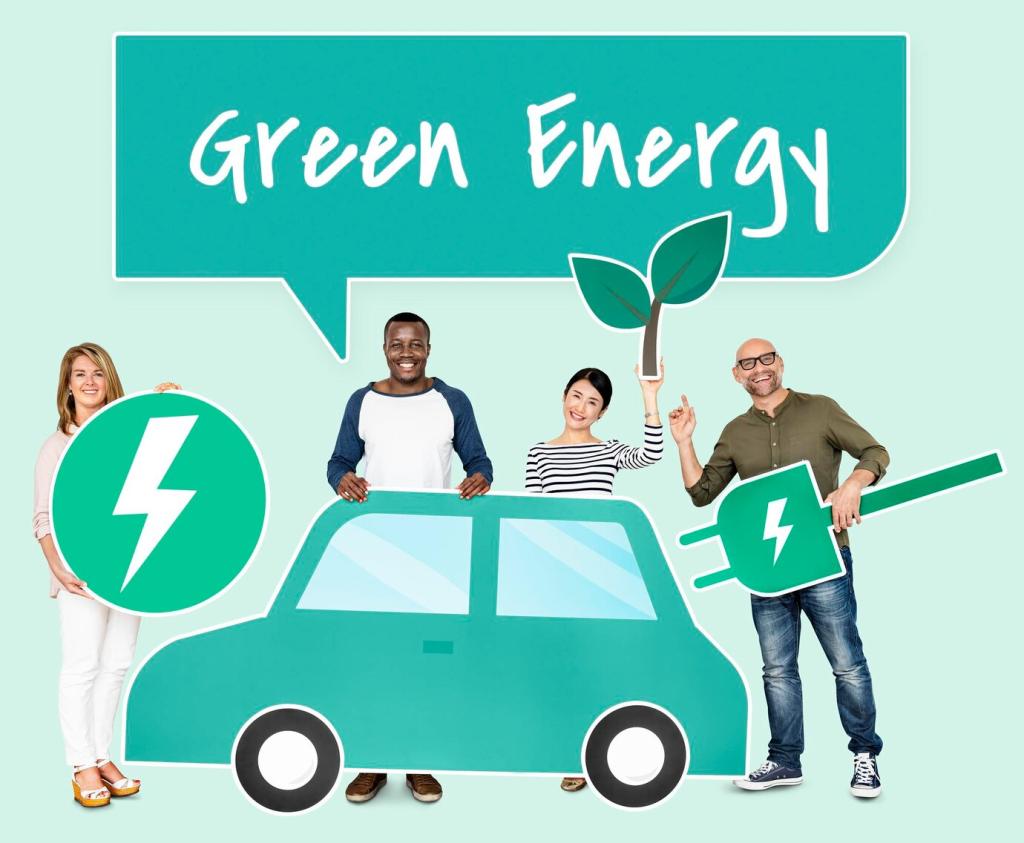Real Stories: Switching with Confidence
One reader traded a well-loved minivan during a back-to-school promotion and negotiated the EV price separately. The dealer increased the trade-in after seeing complete service records and new tires. With a utility rebate for home charging, the family cut monthly fuel costs and now shares their charging routines with neighbors.
Real Stories: Switching with Confidence
A rural commuter used online quotes to create competition between two dealerships. The final trade-in surpassed expectations, and a workplace charging pilot sealed the deal. Despite longer distances, predictable electricity rates and fewer maintenance visits made the switch feel financially steady across seasons—and quieter on those early drives.









